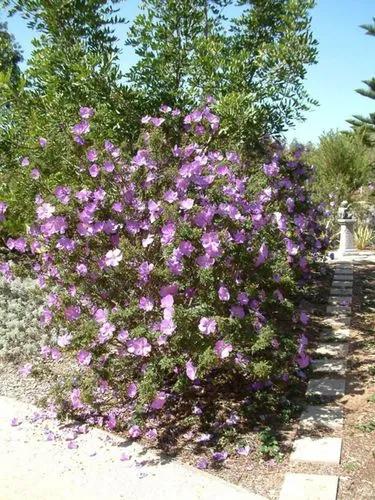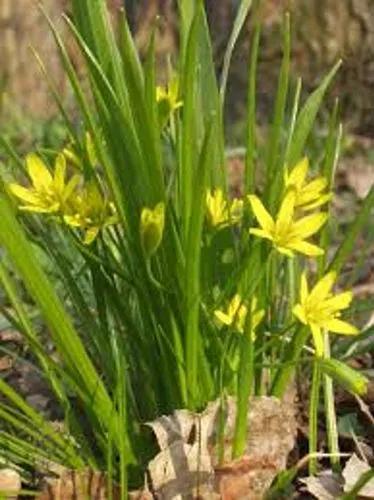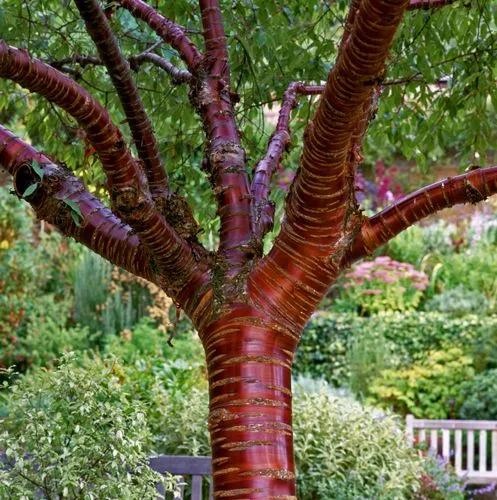I. glandulifera is a tall, vigorous annual with red-flushed stems bearing whorls of ovate to lance-shaped, toothed, mid- to bright green leaves and racemes of fragrant, nodding, hooded, purple, rose-pink, rarely white flowers from summer into autumn.
Himalayan Balsam Care
Impatiens Glandulifera



How to Care for the Plant

Water

It prefers moist soil.

Pruning

A major weed problem. Deadhead before seeds develop. Remove annual at the end of the growing season. Restrict spread.

Sunlight

It can grow in semi-shade (light woodland) or no shade

Soil

Suitable for: light (sandy), medium (loamy) and heavy (clay) soils and can grow in heavy clay soil. Suitable pH: acid, neutral and basic (alkaline) soils.

Temperature

Self sows in areas where the minimum temperature is no lower than -15°c

Additional

Regular ingestion of large quantities of these plants can be dangerous due to their high mineral content. This report, which seems nonsensical, might refer to calcium oxalate. This mineral is found in I. capensis and so is probably also in other members of the genus. It can be harmful raw but is destroyed by thoroughly cooking or drying the plant. People with a tendency to rheumatism, arthritis, gout, kidney stones and hyperacidity should take especial caution if including this plant in their diet

Popularity

577 people already have this plant 135 people have added this plant to their wishlists
Discover more plants with the list below
Popular articles






